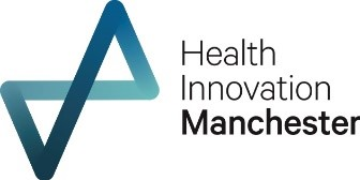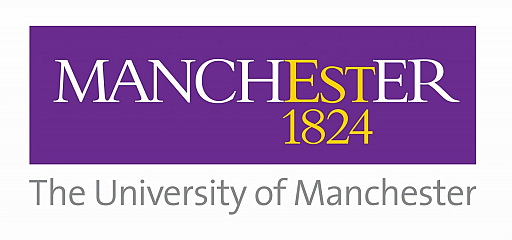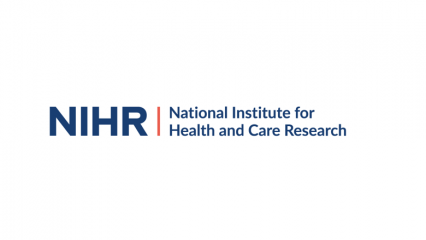New heart scanning technique to reduce radiation risk for patients
A new technique promises to reduce the radiation risk for patients and staff, a study recently published in the Journal of Nuclear Cardiology shows1.
Researchers who led the study at the Nuclear Medicine Department at Central Manchester University Hospitals believe that these findings will offer a more efficient and sustainable approach to delivering myocardial perfusion imaging. The department provides scanning for patients with heart conditions across the North West region and performed approximately 2300 scans in 2015.
Coronary artery disease (CAD) is the UK’s largest killer and those living in the North West are more likely to die from the condition than anywhere else in England2. In patients with CAD, the arteries that supply the heart muscle with oxygen-rich blood become narrowed by a gradual build-up of fatty deposits. Eventually this may block the delivery of oxygen to the heart causing permanent damage to the heart, known as a heart attack. A myocardial perfusion scan is a non-invasive scan that gives doctors information about the blood supply to the heart muscle. It is one of the tests that have an important role in the management of patients with CAD, with thousands of scans performed across the UK every year.
A myocardial perfusion scan uses a short-lived radioactive tracer that is injected into a vein in a patient’s arm and accumulates in the heart muscle. The radioactive tracer emits gamma rays and the position of these is detected using a gamma camera. The gamma camera has a lead filter (collimator) attached to the front of the camera to control the amount of radioactivity it detects.
In the published study, a perspex model filled with water was used to mimic the distribution of radioactive tracer from a patient heart scan. This approach allows researchers to evaluate alternative techniques without unnecessary radiation risk for patients.
The researchers compared the quality of images using alternative collimators, that allow more radioactivity through to the camera, against standard collimators. The benefit of the alternative collimators is that less radioactive tracer can be used and the images can be acquired in less time. However the images produced have less fine detail.
In this study, the researchers found that by using an advanced image processing technique called “resolution recovery” they were able to create images using the alternative collimator, which were of similar or better quality than the standard procedure. This new approach reduces the amount of radioactive tracer required and will lead to a reduction of patient radiation dose by 35–40%.
Ian Armstrong, Principal Physicist in Nuclear Medicine, said
We undertake considerable research into optimising nuclear medicine techniques for the benefit of our patients and to also help our staff work more efficiently. As physicists, we have a responsibility to drive efficiencies in the way our departments work. As well as reducing the radiation risk, we hope that this new approach will enable us to provide the same high-quality scans using less radioactive tracer.
The next step is to undertake a clinical trial to compare the effectiveness of the new procedure against standard practice in patients. We hope to start recruiting patients to participate in this trial in spring 2016.
Reference
- http://link.springer.com/article/10.1007/s12350-015-0368-0
- British Heart Foundation.(December 2015) Cardiovascular Disease Statistics. London: British Heart Foundation




